For years, Tesla’s Model S has enjoyed an unshaken dominance in the luxury electric vehicle market, thanks to its blistering acceleration, minimalist tech-first design, and a head start in electric infrastructure. But 2025 marks a notable turn as legacy brands like BMW come charging in—not with half-hearted electric adaptations, but with full-fledged, purpose-built EVs designed to compete with, and possibly outshine, Tesla’s aging flagship. The all-new 2025 BMW i5 stands at the heart of this shift. With its balance of dynamic driving, immersive interior technology, and refined driver-assistance features, the i5 may finally pose the most credible luxury EV threat to the Model S yet.
The Driving Experience: A True BMW, Now Electric
BMW has long built its brand on the philosophy of “The Ultimate Driving Machine,” and the i5 doesn’t abandon that DNA. Unlike some EVs that lean heavily into artificial performance—overwhelming torque and straight-line speed—the i5 delivers a nuanced, responsive, and confidence-inspiring driving feel. The i5 eDrive40 prioritizes balance and efficiency with a rear-wheel-drive layout, while the i5 M60 xDrive brings dual motors, 590 horsepower, and a 0–100 km/h sprint in just 3.8 seconds.
What sets the i5 apart isn’t raw power alone—it’s how the power is delivered. The steering is sharp and communicative, suspension tuning strikes a sporty yet composed balance, and the regenerative braking is seamlessly integrated, giving the car a fluid, organic sense of control that many EVs struggle to achieve.
The Model S still boasts faster acceleration, especially in its Plaid form, but where it can feel like a tech demo on wheels, the i5 feels like a proper driver’s car. For luxury EV buyers who care about the joy of piloting rather than drag strip numbers, the i5 hits a sweet spot Tesla hasn’t truly pursued.
Interior Technology: BMW’s iDrive 8.5 vs. Tesla’s Minimalist Approach
Step inside the BMW i5, and the contrast with the Model S is immediate. While Tesla continues to double down on ultra-minimalist interiors dominated by a central touchscreen, BMW offers a tech-rich environment layered with design sophistication. The i5’s cabin is anchored by a sweeping curved display that combines a 12.3-inch digital instrument cluster with a 14.9-inch infotainment screen powered by iDrive 8.5.
BMW’s infotainment system is deeply customizable, intuitive, and now supports natural voice input with improved AI-backed processing. The system is integrated with augmented reality navigation, ambient light cues, and responsive haptic feedback on the center console—all designed to enhance engagement without overwhelming the driver.
Tesla’s software remains best-in-class for over-the-air updates and app-like simplicity, but it often comes at the expense of tactile satisfaction. Physical buttons are virtually nonexistent in the Model S, and the yoke steering—though optional now—still divides opinion. Meanwhile, BMW understands that premium buyers often want both analog richness and digital prowess, and the i5 reflects this balance.
The i5 also includes features like a gaming-capable backseat entertainment screen in certain trims, heated and cooled massage seats, and customizable ambient lighting themes. It may not be as daringly spartan as a Model S, but many will find it far more livable and luxurious.
Driver Assistance: Smart, Safe, and Subtle
Tesla’s Autopilot and Full Self-Driving (FSD) features have dominated headlines for years, but they remain under constant scrutiny for regulatory and reliability concerns. The BMW i5, by contrast, offers a more conservative but highly refined Level 2+ system called Highway Assistant. Available in select markets and geofenced highways, this system enables hands-free driving under certain conditions and actively monitors the driver’s attention via an infrared camera.
Rather than promising fully autonomous capabilities, BMW’s tech emphasizes trust and consistency. Features like automatic lane change, adaptive cruise control, and traffic jam assist are executed with finesse, and they’re complemented by a 3D surround-view camera system, parking automation, and real-time hazard prediction.
For tech-savvy buyers, Tesla still wins in raw capability on paper. But for those who prioritize predictability and safety over experimental features, BMW’s approach may be more reassuring and refined.
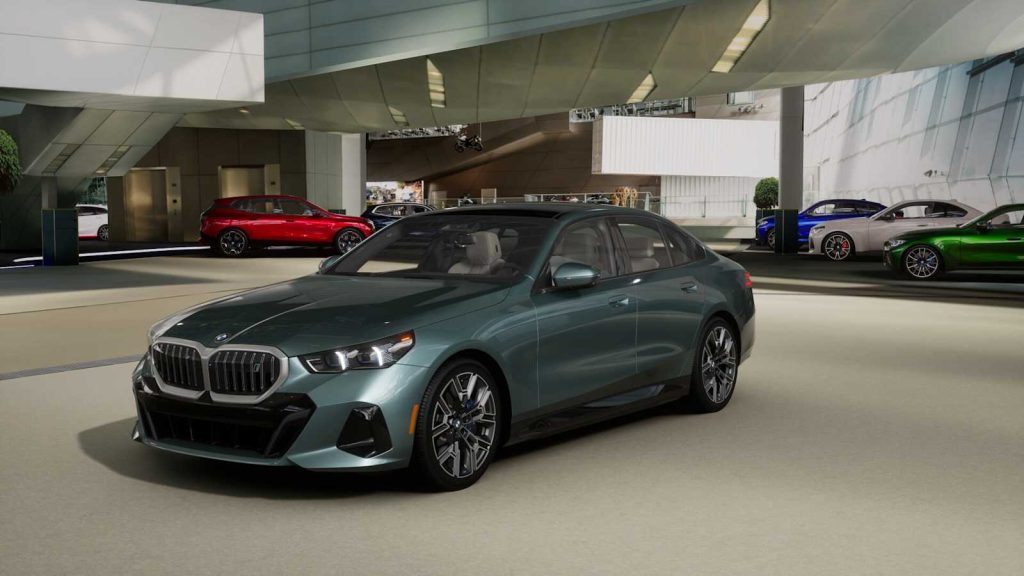
Range and Charging: Closing the Practicality Gap
The 2025 BMW i5 offers a WLTP-rated range of up to 582 km for the eDrive40 model, while the M60 xDrive delivers a slightly shorter range due to its performance tuning. Tesla’s Model S Long Range still claims an edge with over 600 km on a single charge, but real-world range differences are narrowing. Crucially, BMW is catching up on charging infrastructure compatibility and speed.
With up to 205kW DC fast-charging capability, the i5 can regain 200 km of range in about 10 minutes—comparable to Tesla’s Supercharging speeds. And through BMW’s partnerships with third-party networks like IONITY and Electrify America, the brand now offers a unified charging experience with route planning, station availability, and plug-and-charge functionality.
Tesla maintains the edge with its seamless and proprietary Supercharger network, especially in North America. However, with more governments pushing for open standards and Tesla opening up part of its network, the advantage may erode by 2026.
Market Positioning: Who Is Each Car Really For?
Tesla’s Model S targets tech-forward early adopters and those who want a high-performance EV that stands apart from traditional luxury cars. It’s futuristic, iconoclastic, and often disruptive. BMW’s i5, on the other hand, is tailored for buyers who are transitioning from internal combustion models like the 5 Series or 7 Series and want their first EV to feel both familiar and elevated.
This difference in audience informs the product philosophy. Tesla appeals to those who want to break away from automotive tradition. BMW appeals to those who want to bring that tradition forward—electrified, but uncompromised.
Where Tesla eliminates tactile features, BMW refines them. Where Tesla centralizes control in one screen, BMW distributes it across ergonomically placed inputs. Where Tesla dares to remove the gear stalk or turn signal, BMW keeps them in place, knowing their customers value continuity as much as innovation.
Value and Price Strategy: More Overlap Than You Think
Pricing for the i5 starts around $68,000 for the base eDrive40, rising to approximately $86,000 for the M60 xDrive before options. The Model S starts higher, with the Long Range variant priced just north of $90,000 and the Plaid exceeding $110,000. But Tesla’s simplified trim lineup can make it easier to select, while BMW offers more configurability—including luxury and driver-focused packages, upholstery choices, and wheel designs.
For value-focused luxury EV buyers, the i5 eDrive40 hits a compelling spot: it offers over 500 km of range, solid tech, and premium build quality for less than a Model S Long Range. The M60 xDrive may not match the Plaid’s insane 2-second acceleration, but it delivers an experience that feels more tailored and refined.
Luxury Materials and Cabin Acoustics: A Return to Sensory Appeal
Tesla’s Model S, while premium in many aspects, has often been criticized for interior fit and finish. Soft-touch plastics, variable panel alignment, and limited material variety contrast sharply with the sensory richness found in vehicles like the i5.
BMW has gone all out with sustainable yet luxurious materials in the i5: wool-blend fabrics, open-pore wood, and leather-free options that retain a high-end feel. Acoustic glazing, active noise cancellation, and vibration damping give the cabin a cocoon-like atmosphere that rivals even the 7 Series in comfort. In motion, the i5 remains whisper-quiet—even at autobahn speeds.
For buyers who associate luxury with physical and acoustic refinement—not just tech badges—the i5 holds a clear edge.
Conclusion: A Serious Contender, Not a Copycat
The 2025 BMW i5 doesn’t try to out-Tesla Tesla. Instead, it leans into what BMW does best—build luxurious, engaging, technically advanced vehicles that respect the driving experience as much as they embrace the future. While Tesla still leads in charging ecosystem and raw performance metrics, BMW has closed much of the experiential gap with the i5.
For luxury EV buyers who want their electric future wrapped in design, dynamics, and dignity, the i5 makes a compelling case. It’s not just another electric car—it’s a modern BMW through and through. And in that distinction lies its power.


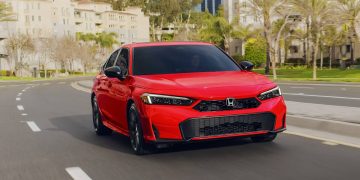
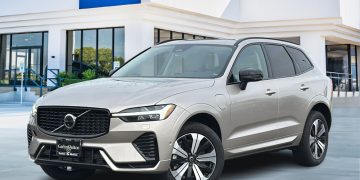


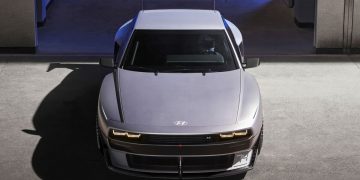
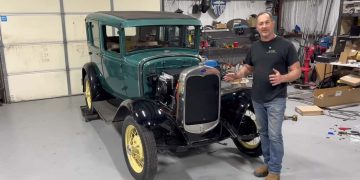

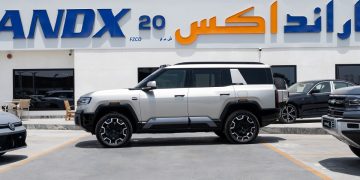











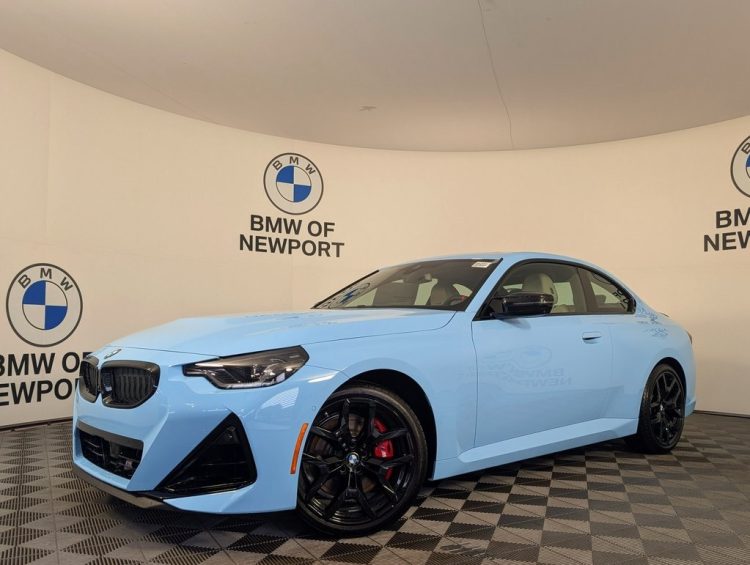












Discussion about this post